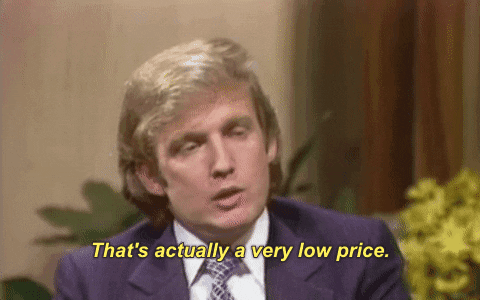- Fink 🧠
- Posts
- How I Look For Ideas Part 4 - The Veteran
How I Look For Ideas Part 4 - The Veteran

In the last article, we compared the performance of a ‘universe’ of stocks using a simple model.
Now, that model wasn't built on an expensive trading system or with data feeds costing a small fortune each month.
Nope. It was built using Google Sheets (and Google Finance.)
Zero cost...

Literally anyone could do this.
Google Finance is free, so has a limited number of variables we can call upon.
However, we can build some other simple indicators into the model without too much trouble.
For example, in the FTSE 100 sheet, I have added columns to record the previous sessions closing price.
See below and the column ‘Yday close’.

Once we have that data we can compare the opening price of the current session to that level and determine which stocks have gapped higher or lower in the current session, and by what percentage.
To do that we simply ask the spreadsheet to determine if the opening price is higher or lower than the prior close.
This indicator is useful at the start of new trading days and can provide us with a list of stocks worth investigating further...

In the image above, I have selected stocks which gapped higher straight out of the gate - most notable was Aveva (AVV), gapping up over 3.5%...
The image below shows those stocks that gapped lower from the open…

Astra Zeneca, BAE Systems and Barclays Bank topping the list.
Note: The lists have been created by using data filers and a simple highest to lowest and lowest to highest sort in the Gap % column.
As well as these signals I created screens which monitor the relative position of a stocks’ current price against period highs and lows.
This can help us track price momentum and establish potential price targets for a larger move in that stock.
Some additional functionality to the model tracks the trends within stocks and scores those trends relative to others in comparable sectors and indices.
The system I follow for this is based on the data created by point and figure charting.
This is a form of analysis that sees the world in binary terms.

Within this discipline, stocks are either in a bull or a bear trend.
The world rarely moves in straight lines so each trend is given a strength score to show us how committed a stock is to moving in the direction of that trend.
Each stock also has a price point at which the current trend would switch to its counterpart; bull to bear or bear to bull.
That price is known as its stop.
With this, we know the price at which the current trend would change and we have a trend strength score for every stock in this ‘universe’ (the FTSE 100) within the model/spreadsheet.
It’s possible to screen for stocks which are close to their trend stop price and those which have a weak trend strength score.
Stocks that fit those criteria are really telling us that they want to play on the other team.
A stock that’s exhibiting these traits currently is NatWest Group.
Currently in a weak bull trend, NatWest would switch back to bear trend at or through 152p.
It finished the most recent session at 155.5p, also testing the 50 day EMA line and in theory, could head back to its early November lows at 125p.
Running this kind of screen means that I can create a watchlist for stocks of interest, stocks which could be poised to move sharply but which simply need a macro catalyst to do so.
And that’s where we’ll pick up the series next time….